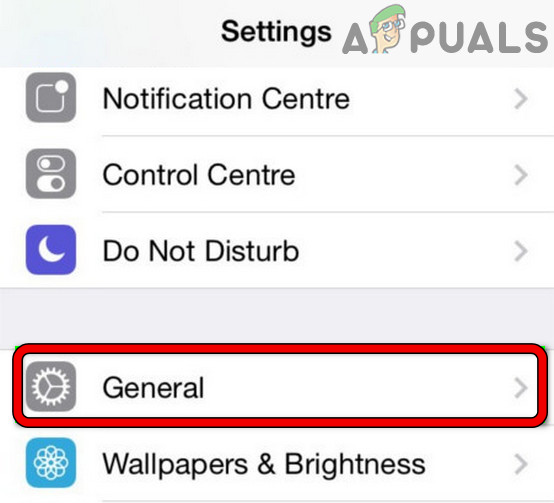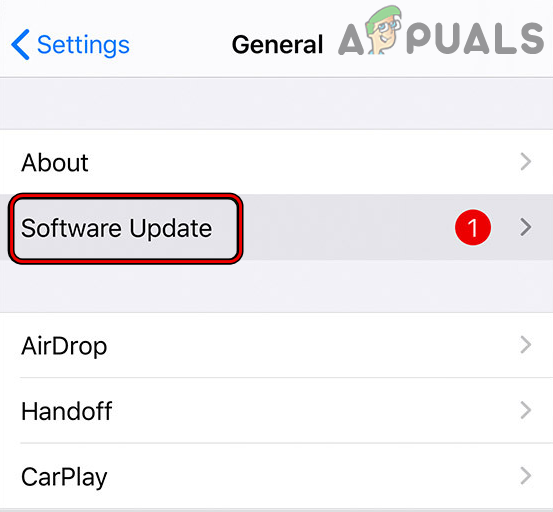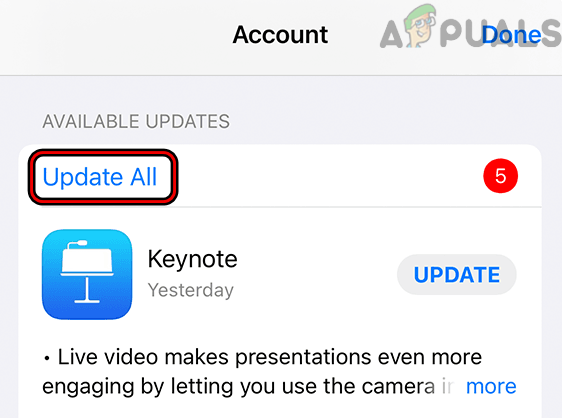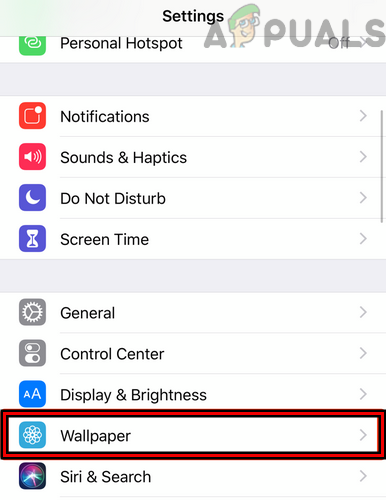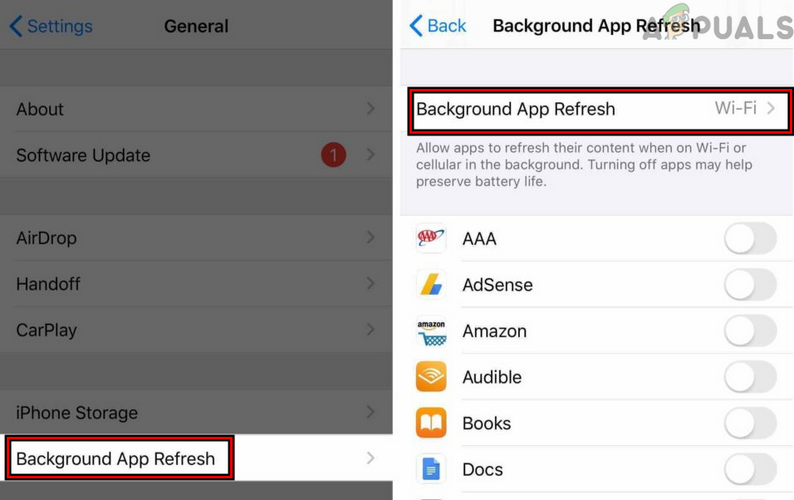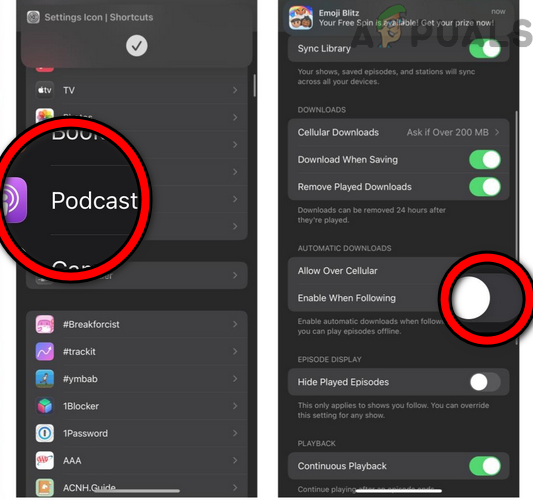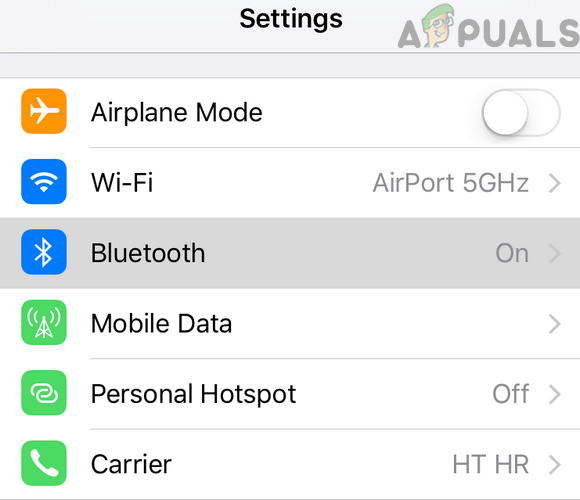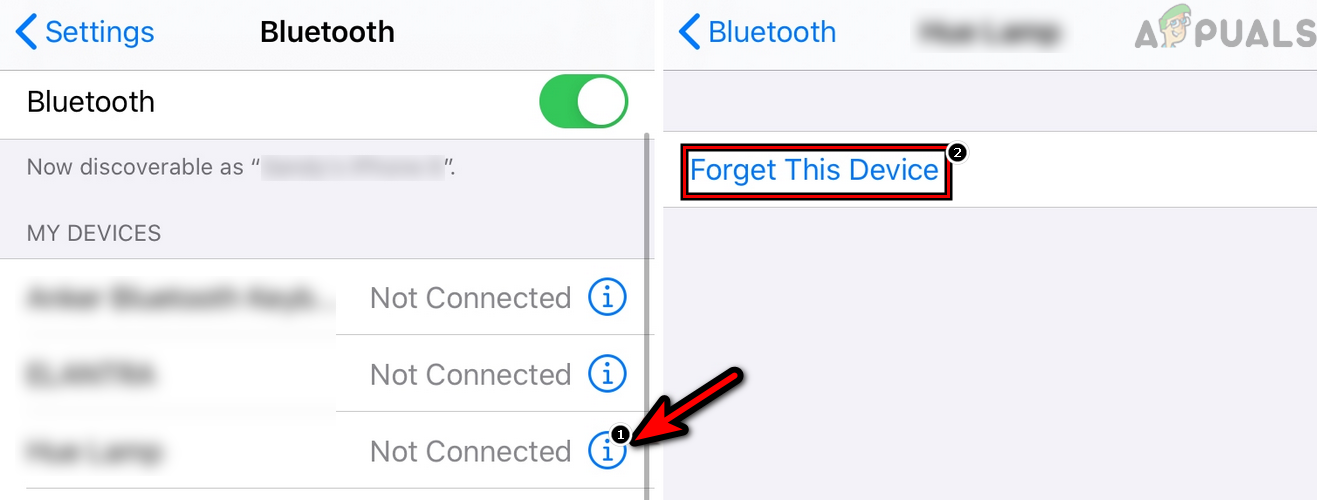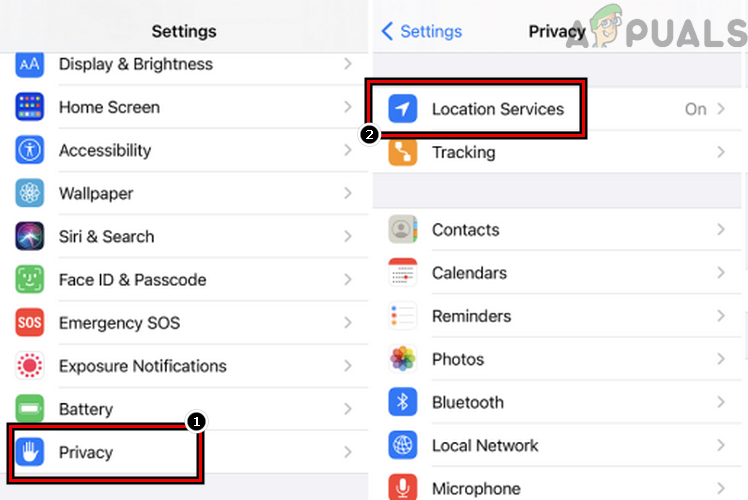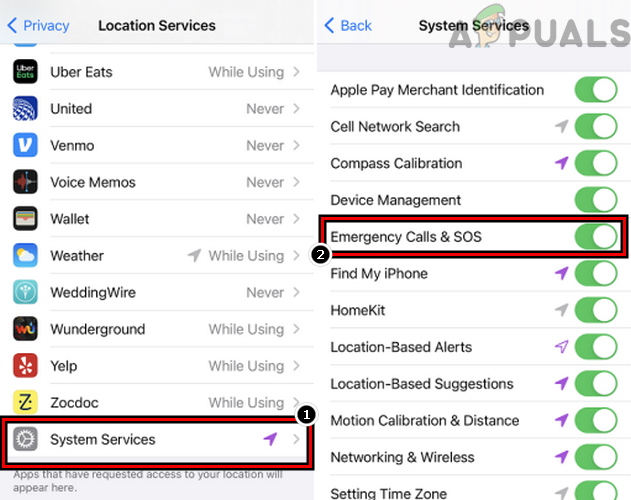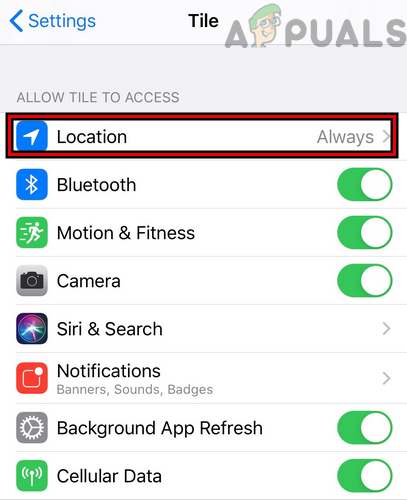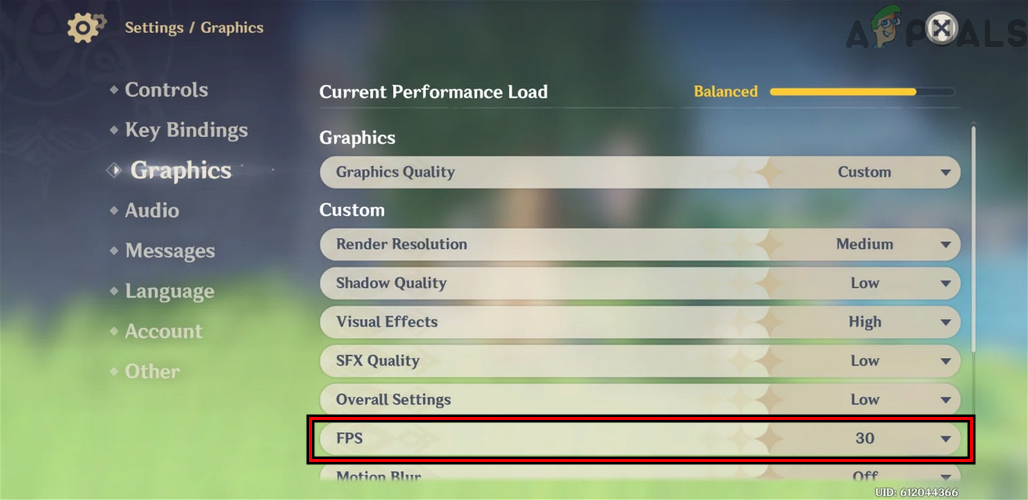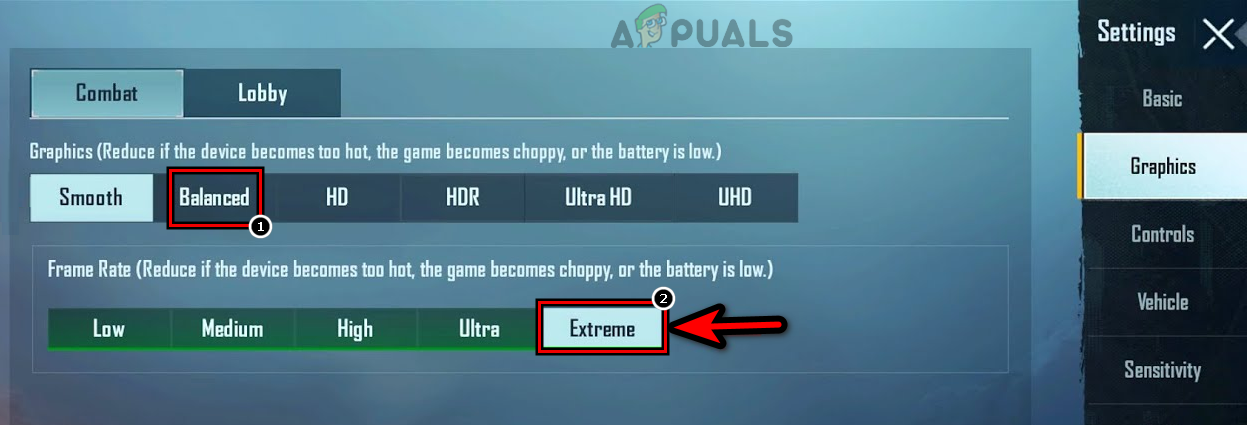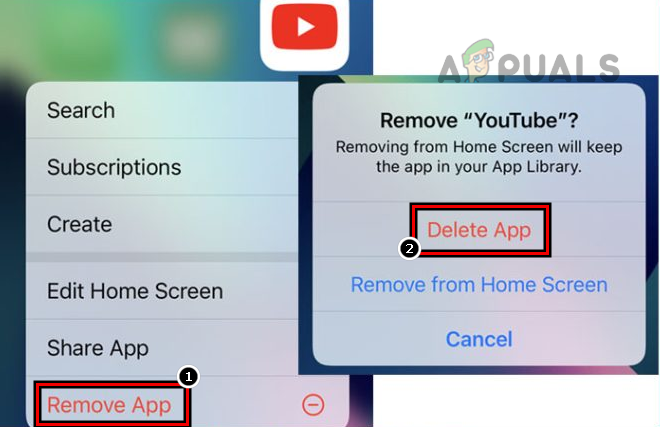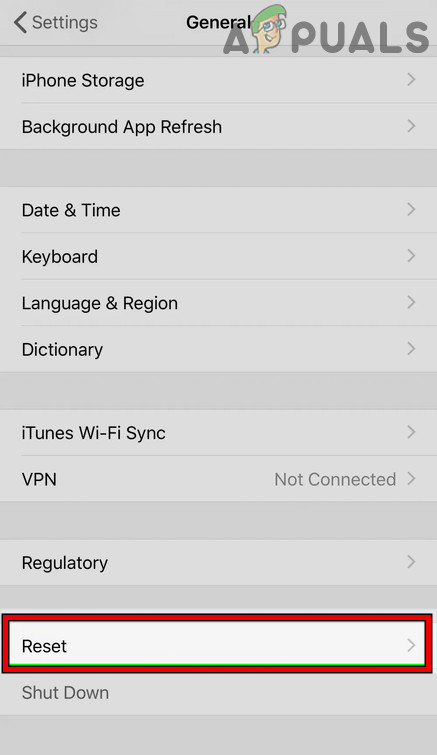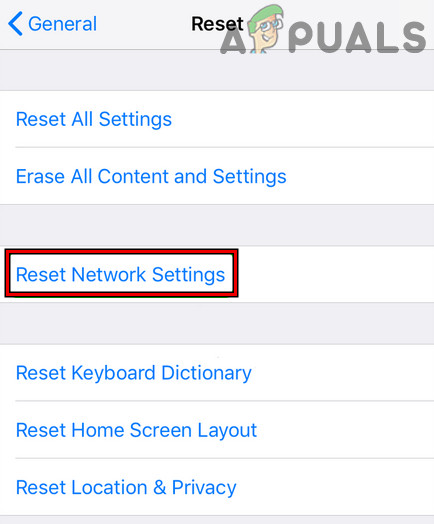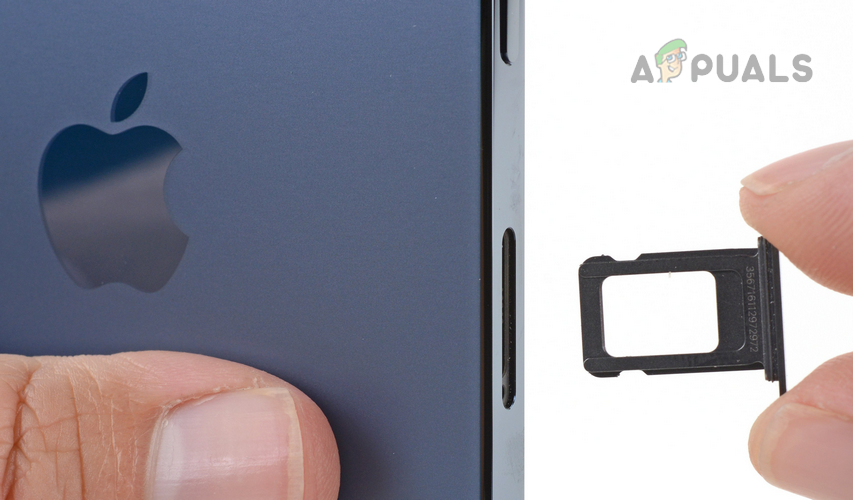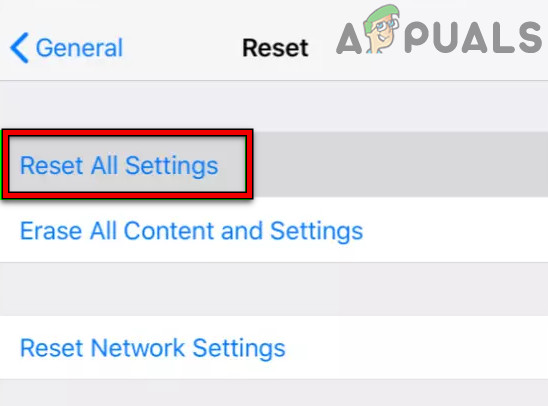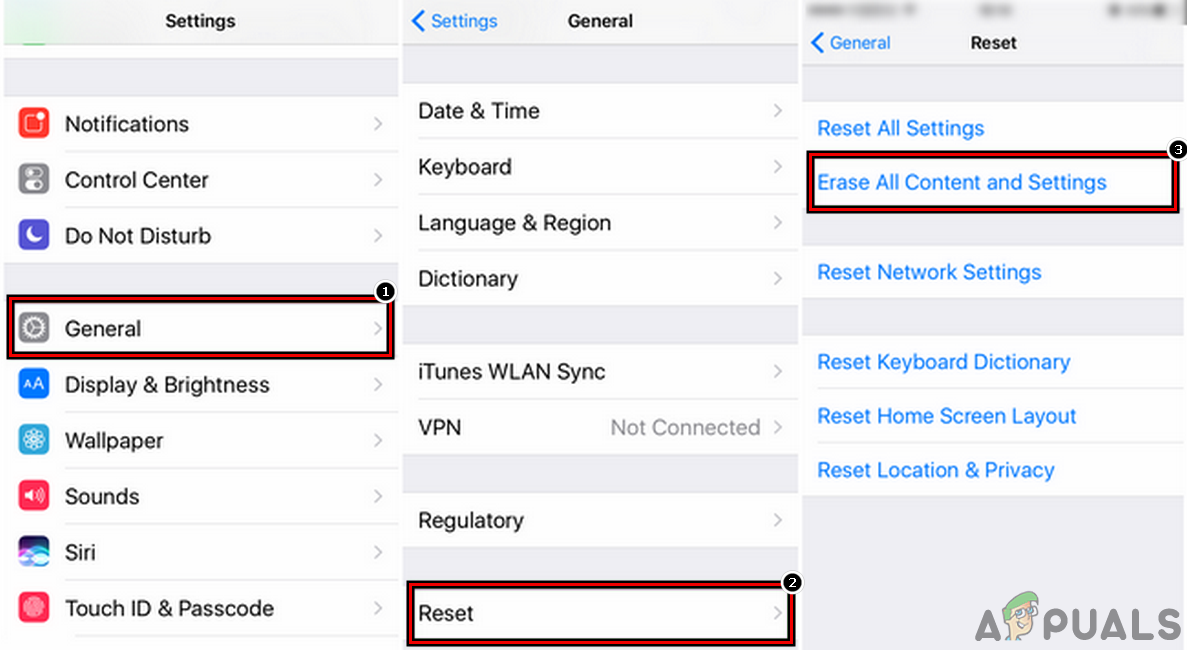This issue is widely reported and different iPhone models have been affected; even out-of-the-box iPhones. Either the whole phone heats up or a particular area of the phone overheats. In some cases, the phone starts to heat up after an OS update, whereas, in some other reported incidents, the problem occurred when the iPhone was put to charging. This also happens when playing a game like PUBG or using an app like YouTube There can be many factors due to which an iPhone may overheat but the following are the most common ones: As the iPhone’s overheating, the first step should be to cool it down to avoid any damage. To do so, power off the iPhone and place it in some place cool like under Fac or an AC. Once the iPhone is back to normal temperatures, you may proceed with troubleshooting.
1. Update the iPhone’s iOS to the Latest Build
An iPhone might overheat if its OS is outdated as it can cause incompatibility with other modules involved like a 3rd party app. In this case, updating the iPhone’s iOS to the latest build may solve the heating problem. But before that, make sure to stop restoring the iPhone from a backup (if in progress).
2. Update the iPhone Apps to the Latest Build
If an iPhone app is outdated, then its incompatibility with the phone’s OS may not let it operate normally and the app’s abnormal behavior may make it resource-hogging, thus causing the overheating of the iPhone. Here, updating the apps on the iPhone to the latest build may solve the problem.
3. Remove the Live Wallpaper of the iPhone
Live Wallpapers are an awesome iPhone feature but sometimes, its persistent background usage (with higher resolution images and display) may heat an iPhone and cause the issue at hand. Here, disabling the Live Wallpaper of the iPhone may solve the problem.
4. Disable Background App Refresh of the iPhone
Background App Refresh allows the apps on your iPhone to automatically communicate with its servers even when the app is in the background and is not directly running on the iPhone’s screen. If a background app is actively and persistently using the iPhone’s processing power, then that may overheat the iPhone. In this case, disabling the Background App Refresh (temporary) of the iPhone may solve the problem.
5. Disable Automatic Downloads of Podcasts on the iPhone
If the iPhone is trying to automatically download podcasts on an iPhone, then the consistent high usage of the phone by podcasts may heat the phone and cause the issue under discussion. In such a case, disabling the Automatic Downloads of Podcasts on the iPhone may solve the problem.
6. Remove and Forget All Bluetooth Devices of the iPhone
If due to a glitch, the iPhone is continuously trying to communicate with a missing Bluetooth device but fails to do so, then the persistent usage of the iPhone’s communication modules may overload the iPhone and cause it to overheat. In this scenario, removing and forgetting all Bluetooth devices of the iPhone may solve the problem.
7. Disable Emergency Calls & SOS System Service and Tile Location Services of the iPhone
If the Emergency Calls & SOS system service or Tile locations services of the iPhone are stuck in the operation in the background and are using the iPhone’s processing components heavily, then that may cause overheating of the iPhone. In this case, disabling the Emergency Calls & SOS System Service and Tile Location services of the iPhone may solve the heating problem.
8. Change the Game Settings
If the issue is occurring with a particular game, then an improper configuration of the game’s Settings may make it heavy on the iPhone and thus cause the issue. Here, changing the game’s Settings may solve the overheating problem.
9. Uninstall the Problematic App
If an application conflicts with the phone’s OS, then that conflict may overheat the iPhone as the conflicting app fails to properly release a system resource and uses it continuously. Here, uninstalling the problematic app may solve the problem. Following is the list of the apps reported to overheat an iPhone: If you have any of these apps, then uninstalling them may solve the problem. For illustration, we will discuss the process of uninstalling the YouTube app on an iPhone.
10. Reset Network Settings of the iPhone to the Defaults
An iPhone may start to overheat if an iPhone’s network-related setting is corrupt and is heavily hogging the phone’s resources. Here, performing a network reset of the iPhone may solve the overheating problem. Keep in mind that all the network-related settings (Wi-Fi, Bluetooth devices, etc.) will be removed from the phone and if you want to add them back, keep a note of those settings.
11. Reset All Settings of the iPhone to Their Defaults
Your iPhone may overheat if any of the iPhone’s settings are misconfigured or corrupt and is persistently keeping the iPhone’s hardware resources busy. In this scenario, resetting all the settings of your iPhone to its defaults may clear the overheating issue. Before moving on, make sure to note down the settings (like Wi-Fi credentials) that may be required after resetting the settings.
12. Set Up the iPhone as a New Device After Resetting it to the Factory Defaults
If none of the above worked, then the corrupt OS of the iPhone might be heating the phone as it is persistently using the iPhone’s processing power. In this context, setting up the iPhone as a new one after factory resetting it may resolve the heating issue. Before proceeding, make sure to back up the essential data on your iPhone. If none of the above worked, check if downgrading (if possible) the phone’s iOS resolves the overheating problem. If that did not work or is not an option, then you may contact Apple Support or if possible, may claim a replacement iPhone under warranty.
PC Maintenance: Keep Your PC Cool This SummerCool Edit Pro2 not Playing [Fixed]16 Easy Methods To Stop your MacBook from OverheatingHow to Fix iOS 10.0.2 Bricked, Overheating, Touch ID, Battery, Bluetooth and…

